The voiturette (750cc, 1100 cc and 1500cc) races which took place between 1931 and 1940 were magic; technically interesting cars, around the house race venues, truly international with multi-make participation, a cast of characters from a Siamese Prince to Enzo Ferrari, Dick Seaman’s drives with the ERA, MG and Delage, and a devastating secret weapon unleashed by Mercedes Benz which defeated and demoralized the opposition. There was never a dull moment on or off the track.
Big vs Small
What is meant by a voiturette? What is voiturette racing? Why is the English ERA so famous yet today?
The French term means ‘small car’, rather hard to copyright. But according to David Venables, in 1895 the French cyclecar designer Leon Bollée was a given the exclusive right by the French Courts to use the word for his new three-wheeler. But it didn’t take, either because his three-wheeler was not all that successful or because the word ‘voiturette’ quickly passed into common usage, or both.
Voiturette Racing
The term voiturette of course was relative, and always to that which defined ‘big car’ at any given time in terms of first weight, then weight and capacity. Cyclecars, often called “Light cars” were smaller and lighter compared to 1100cc and 1500cc automobiles which were in turn were trifling compared to the 9 and 10 liter cars which dominated the Grand Prix races until WWI. The Bugatti T10 with only 1456cc placed second to the 10 liter Fiat at the 1911 French Grand Prix and provided a perfect example of a voiturette race car and as many later voiturettes did, it set the size and weight trends for the future. By the 1920s, voiturette racing was generally defined as class of smaller racing cars under the main Grand Prix formula displacing anywhere from 750cc to 1500cc. Then in 1926-27 the voiturette class of 1500cc supercharged cars became the Grand Prix formula, and the voiturette class became the 1100cc class. This French-legislated (the governing body before WWII was the ‘Association Internationale des Automobile Clubs Reconnus’, or AIACR) dance occurred again in 1946 and in 1961, where the large Grand Prix formula cars were throttled back to the status of 1500cc voiturettes.
New! Instead of including all of these cars in the this article, we have twelve mini-articles on each of the main voiturette competitors…
Click on each car thumbnail for more photos and details!
The era of the ERA
The golden era of the voiturette racing car was from 1931 to 1940, when a truly international cast of 1100cc and 1500cc supercharged racecars competed throughout Europe, and featured cars and drivers from France, Germany, Italy, and the U.K. The venues were largely ‘around the houses’ circuits such as Pau and San Remo, the drivers were semi-professional or talented amateurs, and interestingly, there were no points or championships for manufacturers or drivers. It served as a training ground for Grand Prix races (or F1 today), and provided exciting, close racing. In fact the formula was so good it became the official Grand Prix class in 1945, which lasted until 1952. Furthermore, from 1934 to 1940, it was distinctly different than the Grand Prix formulas then in effect, which were dominated by Mercedes Benz and Auto Union and effectively ended true international competition.
The 1930s voiturette races are also remembered by the English-speaking world because of the international success of the English Racing Automobiles, or ERA. With a supercharged production based Riley engine (which like the BMW 328, featured a hemi head with valves operated from pushrods and cams high in the head) these conservative but carefully constructed cars dominated the 1935 and 1937 voiturette racing seasons, winning almost every event they entered. The competition was if not fierce then fair, with Bugatti, Delage and Maserati all capable of winning races. In fact ERAs quickly became English Legendary, a sort of a race car version of the later Spitfire fighter plane. Today they are national treasures, no doubt to appear on Masterpiece Theater eventually.
International cast
The ERA is so legendary it is easy to overlook the fact that both Austin and MG entered the voiturette classes with some success, particularly in the case of the MG K3, which was a race winning sports car that easily could be converted to a voiturette formula car. Austin officially backed the creation of the Murray Jamieson-designed DHOC 750 supercharged single-seater that was able to compete with cars twice its size. It was amazing and even more amazing, based on the tiny and tinny Austin Seven. Geoffrey Taylor’s Alta showed great promise but was too brittle to win.
Like ERA, Maserati produced cars for the formula and sold them to drivers as well as maintained a small factory team. The Tipo 26, 4CM 1100 and 1500, the 6CM, and the 4CL filled the grids in the thirties and the Maseratis were the backbone of the voiturette class. Like Alfa, Maserati failed to create a car powerful enough to defeat the Germans in the Grand Prix races, and their winning reputation was based largely on the voiturette class wins.
Alfa very nearly missed the boat entirely. Little known was the fact that Jano’s 1750 supercharged DOHC was stripped down, reduced to 1500cc and with an open wheel body competed in early voiturette races in the 1930s. We could find no photos, but according to Venables, these private efforts looked like a small version of the P3. Concentrating on the 8c2300/2900, Alfa officially ignored the smaller class until 1938, when it could do so no longer and out popped the Alfetta 158. Like others, they had decided to stop wasting time trying to compete with the Germans and finally embraced the voiturette class.
From France came the Amilcar, Bugatti, Delage, Salmson and Talbot. Bugatti made do very well with the T37a until the DOHC engine from the T51 was sleeved down to become the T51a and became the most successful voiturette between 1932 and 1934, primarily driven by Pierre Veyron, whose name is still associated with Bugattis today. Notably Mme Itier gained her fame behind the wheel of another T51a (read the story).
The Amilcar and Salmson were 1100cc cars, both having sophisticated DOHC engines of 6 and 8 cylinders, and both were fast enough to stay with the 1500 cc cars until the mid-1930s, when the 1100cc class faded away. The Amilcar MC0 in the hands of José Scaron did remarkably well when the displacement was increased to 1270cc.
The Delage and Talbot were both Grand Prix cars left over from the short 1.5 formula. After the formula changed, two of the Talbot team cars were bought by Enrico Plate, who raced them throughout the thirties without a great deal of success.
The Delage was a different story. Totally dominant during the brief formula, two of the team cars was purchased by Earl Howe and campaigned very effectively from 1931 to 1935. He then sold the car to Richard Seaman, who had the car upgraded by Giulio Ramponi, getting over 185 hp from the now ten year old straight eight. Seaman won four races with the car, soundly trouncing the ERAs and Maseratis, and winning himself a seat on the Mercedes Benz Grand Prix team.
Did we forget the Germans?
A DKW powered car, 2 stroke, 2 cylinder fed by a Zoller supercharger placed in a few of the early events but did so with an amazing amount of smoke. And Arnold Zoller was a 2 stroke specialist who put together an opposed 6 cylinder 1.5 supercharged engine which produced 160 hp. It was not too reliable however.
Eventually, Mercedes Benz also turned to voiturette racing, and did so only once. But at the 1939 Tripoli Grand Prix, they surprised the racing world and unveiled their new ultra sophisticated V8 – two, if fact- and walked away with the race, totally demoralizing the competition. Well, now what do we do? The war intervened and when it was over, the old voiturette formula had become the new Grand Prix Formula One.
Sources
The Racing Fifteen-Hundreds, Venable, 1984
Directory of Historic Racing Cars, Jenkinson, 1987
The Classic Twin Cam Engine, Borgeson, 2002
Maserati Sports, Racing and GT Cars from 1926. Box, Crump 1983
History of the Racing Car, Lurani, 1972
Automobile Quarterly, V13-3
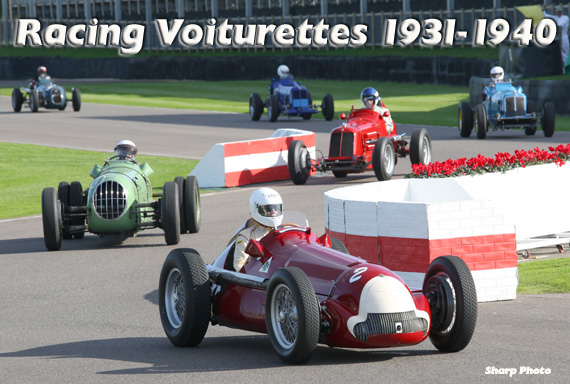
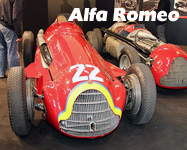
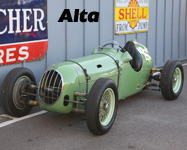
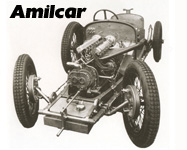
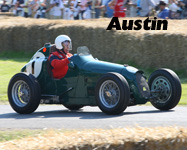
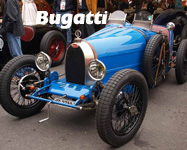
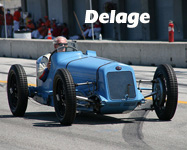
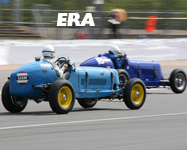
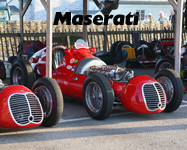
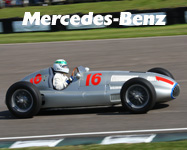
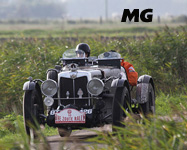
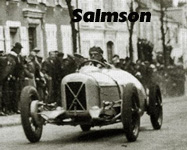
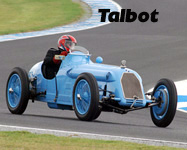
I own a c-1930s Zoller MG type Q4 compressor (supercharger) that was run on my 1930 Morgan 3 wheeler during the 1930s in England at Brooklands and at Donington Park. Do you have any information about the Zoller or can you refer me to anyone who may be able to provide information about the Zoller?
Thanks for your time and information.
Regards,
Larry